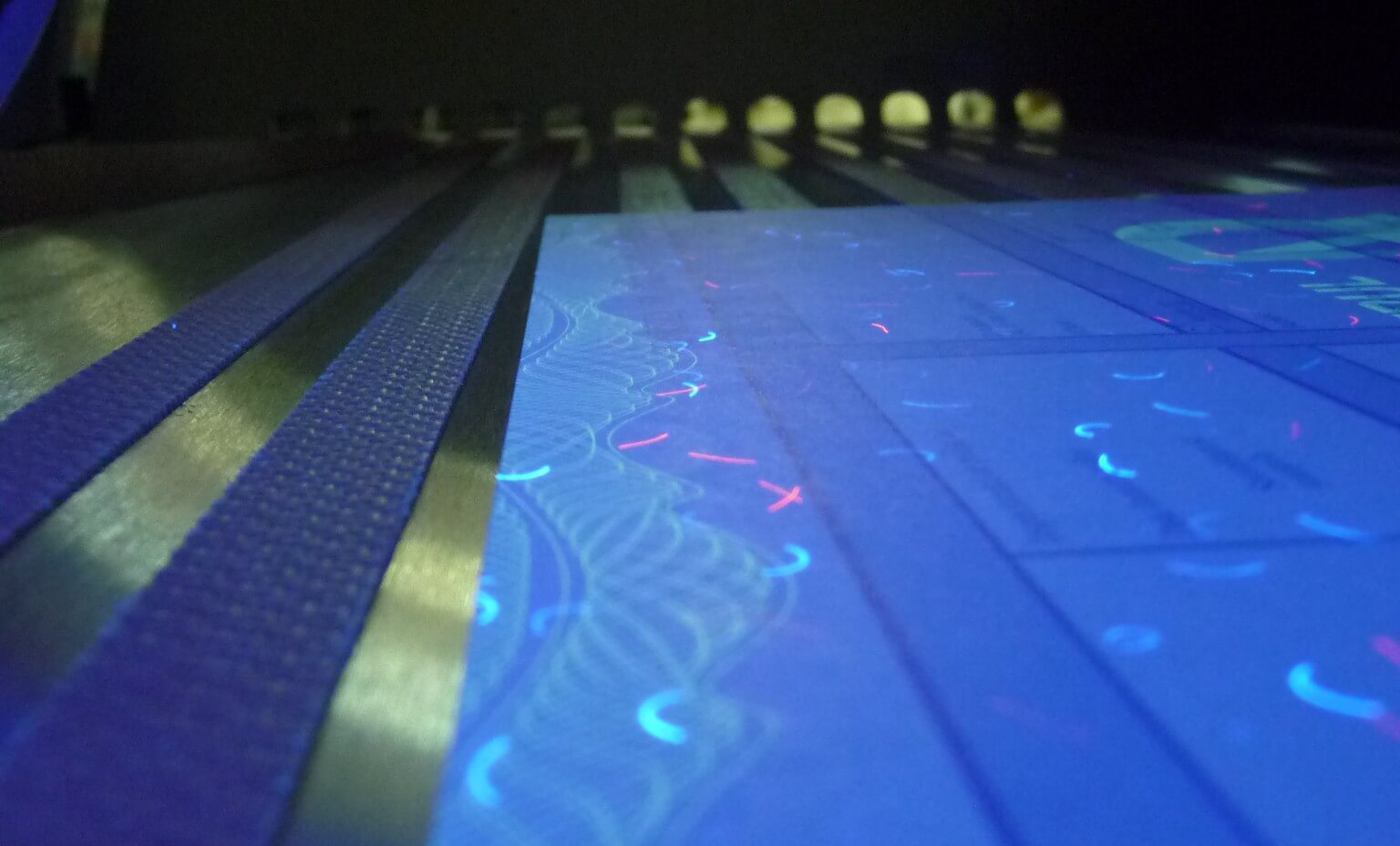The world of textiles is witnessing a transformative shift with the rise of eco printing on fabric. This innovative method offers a sustainable and environmentally friendly approach to fabric design, capturing the attention of both artisans and industry professionals. By leveraging natural elements, eco printing not only preserves the beauty of nature but also minimizes the ecological footprint of textile production.
In this article, we will explore the intricacies of eco printing on fabric, its benefits, and its growing impact on the textile industry. As we delve deeper, the importance of sustainable practices in fashion and fabric design becomes increasingly evident.

What is Eco Printing on Fabric?
At its core, eco printing is a textile design technique that utilizes natural materials such as leaves, flowers, and other botanicals to create unique patterns on fabric. Unlike traditional dyeing methods that often rely on synthetic chemicals, eco printing is entirely natural, making it an environmentally conscious choice for those looking to reduce their carbon footprint.
The Inspiration Behind Eco Printing
The inspiration behind eco printing stems from a desire to harmonize with nature. By using plant-based materials, designers can create intricate and vibrant patterns that reflect the beauty of the natural world. This method not only celebrates nature’s artistry but also aligns with the growing demand for sustainable and ethically produced textiles.
How Eco Printing Works
The process of eco printing on fabric involves several steps. First, natural materials are carefully selected for their color and texture. These materials are then arranged on the fabric in a desired pattern. Next, the fabric is wrapped tightly and steamed or boiled, allowing the natural dyes from the botanicals to transfer onto the fabric. The result is a one-of-a-kind design that is both beautiful and environmentally friendly.
Benefits of Eco Printing
The benefits of eco printing extend beyond its aesthetic appeal. This technique offers numerous advantages for both the environment and the textile industry:
Environmental Impact
One of the most significant benefits of eco printing is its minimal environmental impact. By using natural materials and avoiding synthetic chemicals, this method reduces pollution and conserves natural resources. Additionally, eco printing encourages the use of locally sourced materials, further reducing the carbon footprint associated with transportation.
Unique and Customizable Designs
Eco printing on fabric allows for endless creativity and customization. Each piece is unique, as the patterns and colors are determined by the natural materials used. This level of customization is particularly appealing to designers and consumers seeking personalized and distinctive textile products.
Preservation of Traditional Techniques
By embracing eco printing, artisans and designers help preserve traditional textile techniques that have been passed down through generations. This method fosters a deeper appreciation for cultural heritage while promoting sustainable practices in the modern textile industry.
Eco Printing in the Fashion Industry
The fashion industry is increasingly recognizing the value of eco printing as a sustainable alternative to conventional textile production. This technique aligns with the industry’s growing commitment to environmental responsibility and ethical practices.
The Role of Designers
Designers play a crucial role in the adoption of eco printing within the fashion industry. By incorporating eco-friendly techniques into their collections, designers can set new trends that prioritize sustainability and environmental consciousness. This shift not only benefits the planet but also resonates with consumers who are increasingly seeking out responsible fashion choices.
Consumer Demand for Sustainability
As awareness of environmental issues grows, consumers are demanding more sustainable products, including textiles. Eco printing on fabric offers a solution that meets this demand, providing consumers with beautiful and sustainable textile options. By choosing products made with eco printing, consumers can feel confident in their contribution to a more sustainable future.
The Future of Eco Printing
The future of eco printing on fabric looks promising as more designers and consumers embrace sustainable practices. With advancements in technology and a continued focus on environmental responsibility, eco printing has the potential to revolutionize the textile industry.
Innovations in Eco Printing Techniques
As interest in eco printing grows, so does the potential for innovation. Researchers and designers are continuously exploring new techniques and materials to enhance the eco printing process. These innovations could lead to even more vibrant and durable designs, further solidifying eco printing as a viable alternative to traditional textile production methods.
The Role of Education and Awareness
Education and awareness are key to the continued growth of eco printing. By educating consumers and industry professionals about the benefits and potential of this technique, we can encourage more widespread adoption and support for sustainable textile practices.
Final Thoughts
Eco printing on fabric represents a significant step forward in the pursuit of sustainable textile production. By harnessing the beauty of nature and minimizing environmental impact, this technique offers a promising solution for the future of fashion and fabric design. As we move towards a more sustainable and environmentally conscious world, eco printing will undoubtedly play a vital role in shaping the textiles of tomorrow.

Frequently Asked Questions
What materials can be used for eco printing?
Eco printing utilizes a wide range of natural materials, including leaves, flowers, and other botanicals. The choice of materials depends on the desired colors and patterns, as different plants produce different dyes.
Is eco printing suitable for all types of fabric?
While eco printing can be applied to various types of fabric, it is most effective on natural fibers such as cotton, linen, and silk. These materials readily absorb natural dyes, resulting in vibrant and lasting designs.
How can I learn more about eco printing techniques?
There are numerous resources available for those interested in learning more about eco printing. Workshops, online courses, and books provide valuable information and guidance for beginners and experienced practitioners alike. Additionally, exploring websites such as Sustainability Tips can offer insights into eco-friendly practices.
This article contains affiliate links. We may earn a commission at no extra cost to you.







